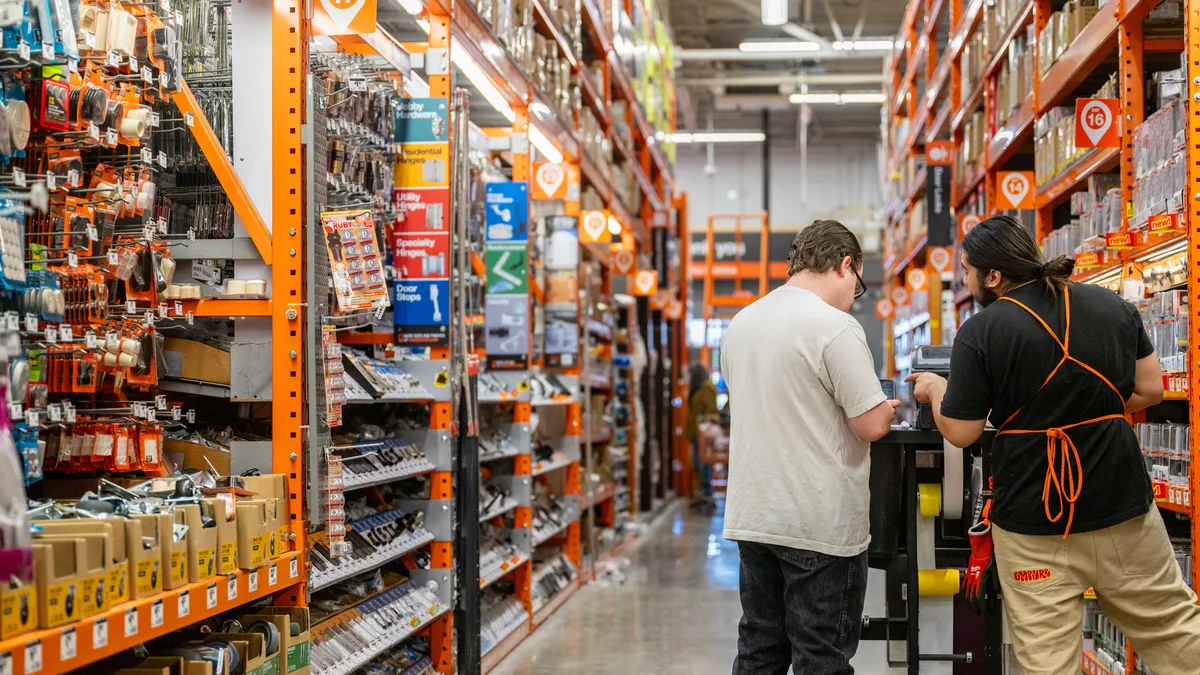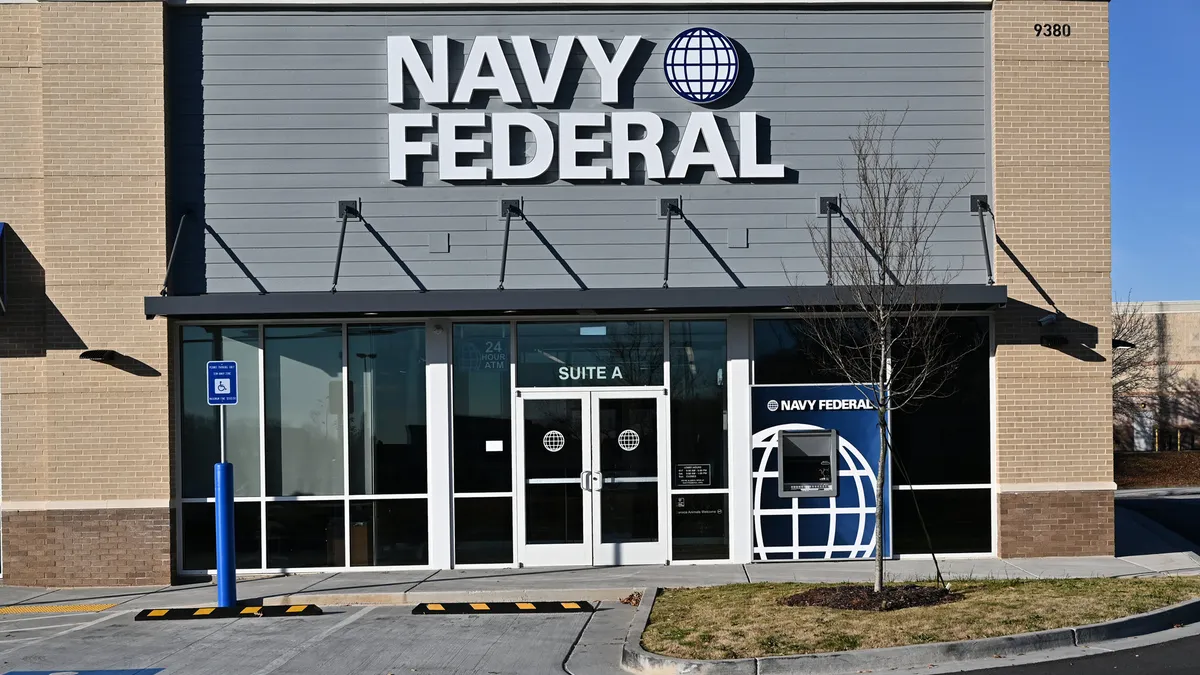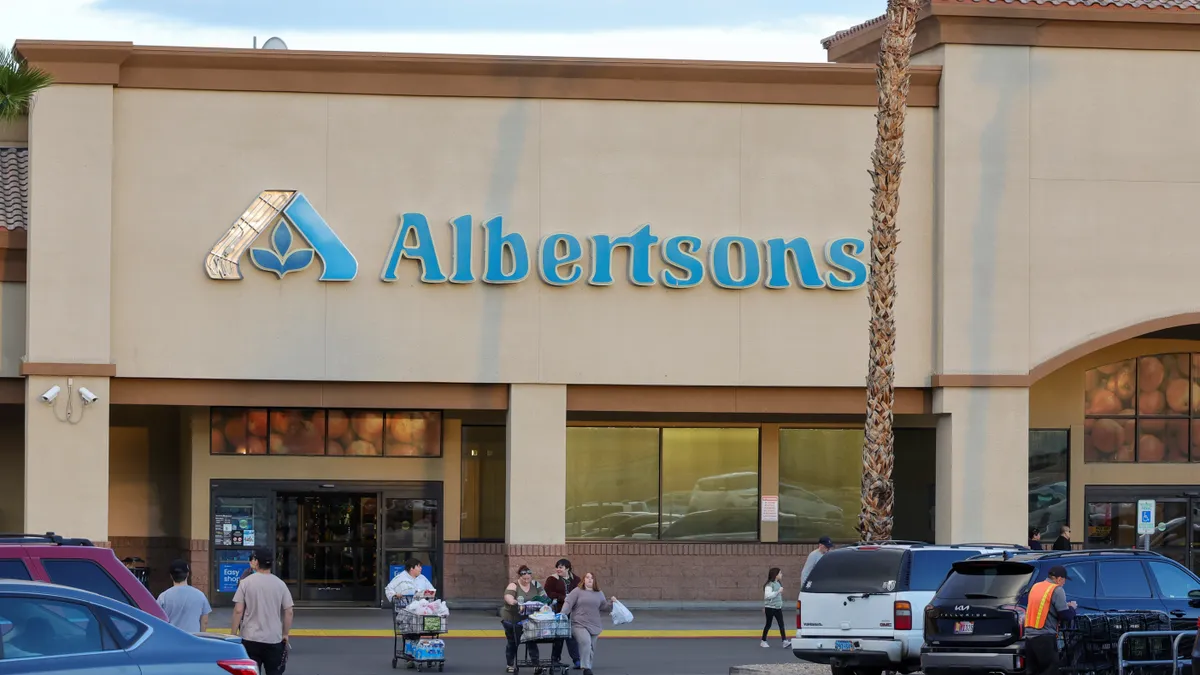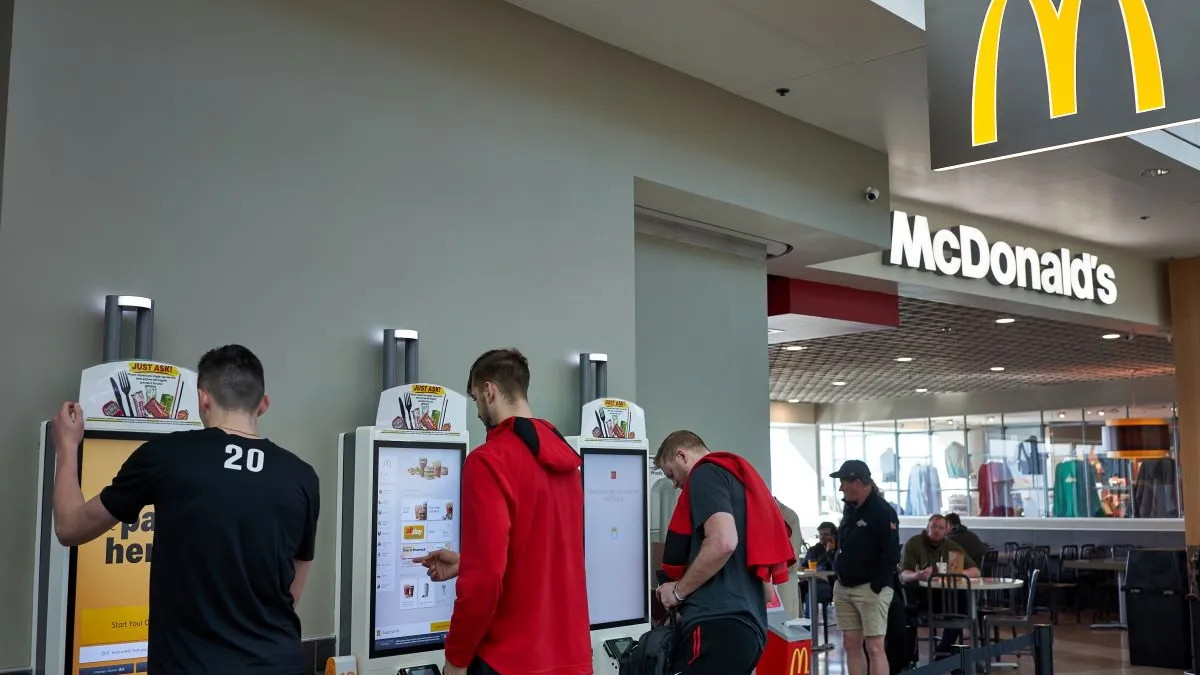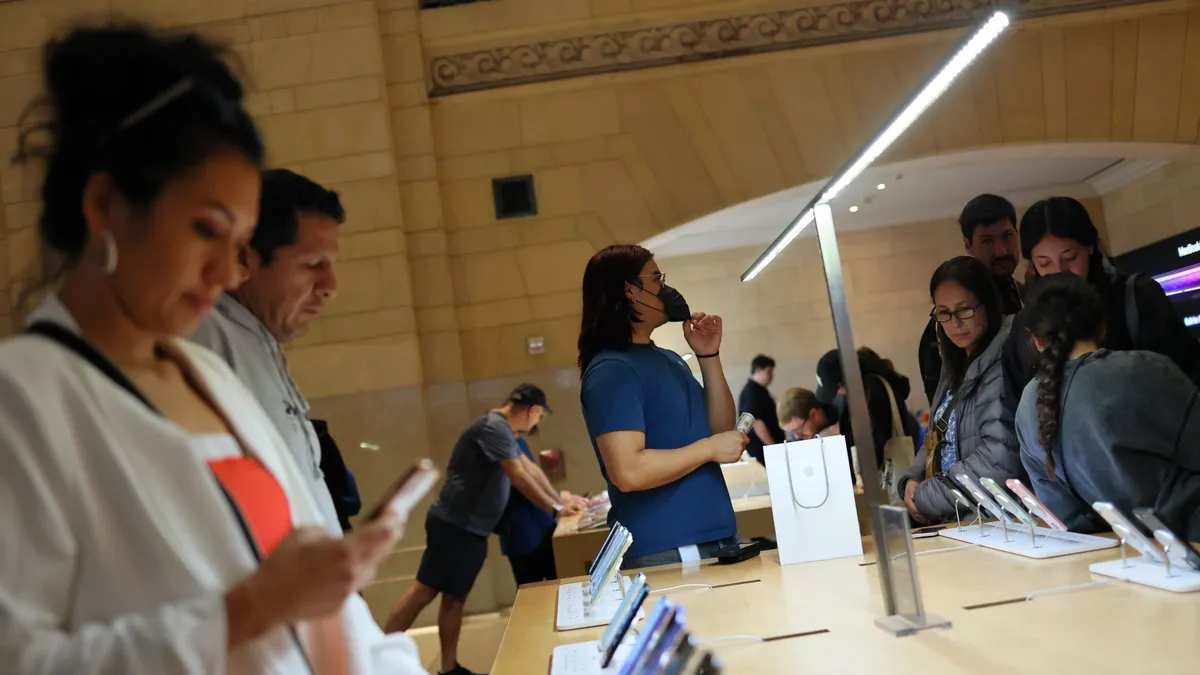A customer-centric culture aligns teams, departments and the organization as a whole around the customer. It’s also crucial for a thriving business, driving loyalty and growth.
A 2023 Forrester survey found that 100% of customer-obsessed companies prioritize teaching employees how to play their part. The analyst firm called on leaders to develop a unified customer obsession in which teams are clear about their role in driving the business forward through a customer-first approach.
Placing customers at the center of everything they do is paramount for insurance company Aflac, whether it’s simple transactional interactions or more complex claim assistance.
The company has had to listen to customers and adapt to shifting dynamics since its founding in 1955, with the universal nature of customer service expectations becoming the defining feature of customer interactions today, according to Keith Farley, SVP of individual benefits and the former director of innovation and customer experience at Aflac.
Most businesses, including Aflac, face a significant challenge: Customer experience is no longer category- or brand-specific — it’s a level of expectation that’s transferred from one business to another.
This means an experience someone has with Amazon or Uber informs the experience they expect from other brands.
“The expectation someone has from one brand becomes the expectation they have for all brands,” Farley said. “We’re no longer compared to other insurance companies. Instead, we’re now compared to the experience someone has with these other companies.”
Defining customer centricity for the business
If the business doesn’t comprehend the customer experience expectations people are bringing to their brand, it can spell trouble. To ensure Aflac is staying in touch with its customers, Farley and the team align with one central principle — “know me, the customer.”
“It’s ‘know who I am, when I last called, what policies I have and where I am in my life,’” Farley said. “People want to feel that companies know them and care — that’s personalization.”
This means building a customer-centric culture defined by a strong degree of empathy for the customer. Aflac, for example, launched a phone service for customers who receive a cancer diagnosis, staffed by a specialized team who help guide customers at a time when they’re frightened or confused.
“It’s been well received and shows the team it was a positive initiative,” Farley said.
While there are certain processes and protocols to follow in a regulated industry, the complexity of service Aflac offers extends beyond transactions. It requires an understanding of when customers are comfortable with automation and bots and where they appreciate a personal connection, such as finding out about coverage after a cancer diagnosis.
It’s also keeping the customer experience at the forefront of their work. Aflac regularly listens to customers about their experiences with Aflac.
“We open a lot of meetings with customer testimonials to remind everyone that's our purpose,” Farley said.
Customer centricity to drive growth
Customer centricity helps drive loyalty, improve efficiency, and creates products and services that will suit customers — all with the goal of helping create a profitable business.
Forrester’s 2023 report found that customer-obsessed companies report 1.6 times better customer retention than other businesses, 1.6 times faster revenue growth and 1.7 times faster profit growth.
That growth requires buy-in from the entire company. By encouraging customer interactions across many teams, companies can foster a customer-centric culture and ensure they don’t lose sight of the customer.
At Zendesk, supporting a customer-centric culture means giving staff first-hand customer engagement practice. The customer service and CRM software firm has programs in which staff participate in regular customer support calls.
“Particularly with product and design teams, it's a minimum that each team member has at least one direct interaction with a customer every week so you're not just relying on secondhand information,” said Jason Maynard, CTO of North America and Asia-Pacific at Zendesk.
He also believes it’s vital to have cross-functional teams to connect the wider organization with customer interactions and share insights beyond customer service teams.
Maynard encourages businesses to draw on a variety of data sources guided by metrics that can show performance and areas for improvement. And someone who can drive action based on the insights needs to own it.
“Having someone who owns all the customer touchpoints and extracts the insights from different channels should help leadership prioritize where things need to be improved,” he said.
When it comes to customer experience metrics at Aflac, the age of the company means there’s a wealth of data to draw on that helps with tracking how well it’s performing with customers.
To make improvements, it requires identifying the metric you want to improve — whether it be net promoter score or customer satisfaction score — and then aligning teams around that goal.
“There also needs to be incentives for teams to align to those measurements,” Farley said.
Even so, the insights are only useful if they support customer centricity and ultimately drive growth.
“You can't just do CX because it's the right thing to do. You need to do it because CX can drive profitability,” he said.
The two are intertwined, however, Farley said, pointing to studies that show what’s good for the customer can be good for the company’s bottom line.




